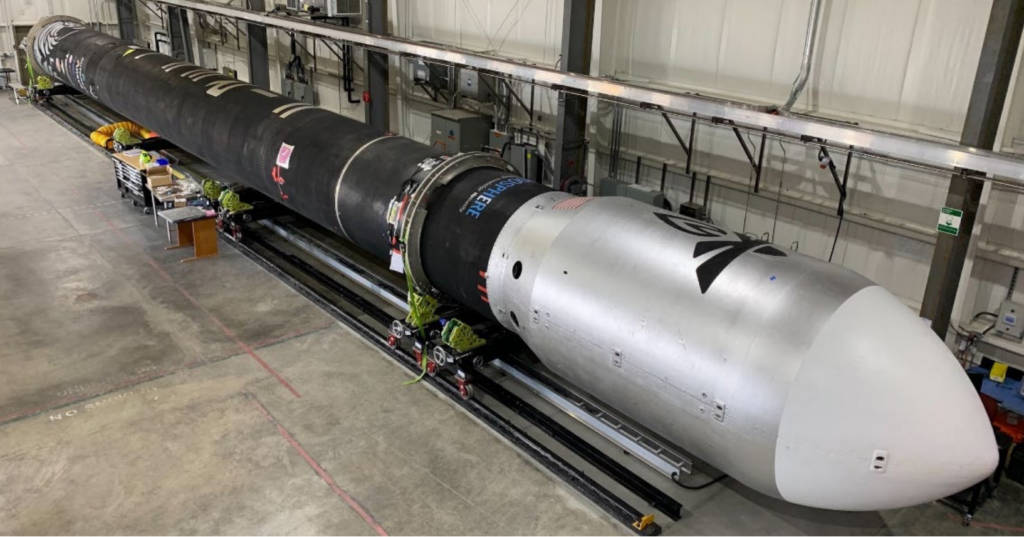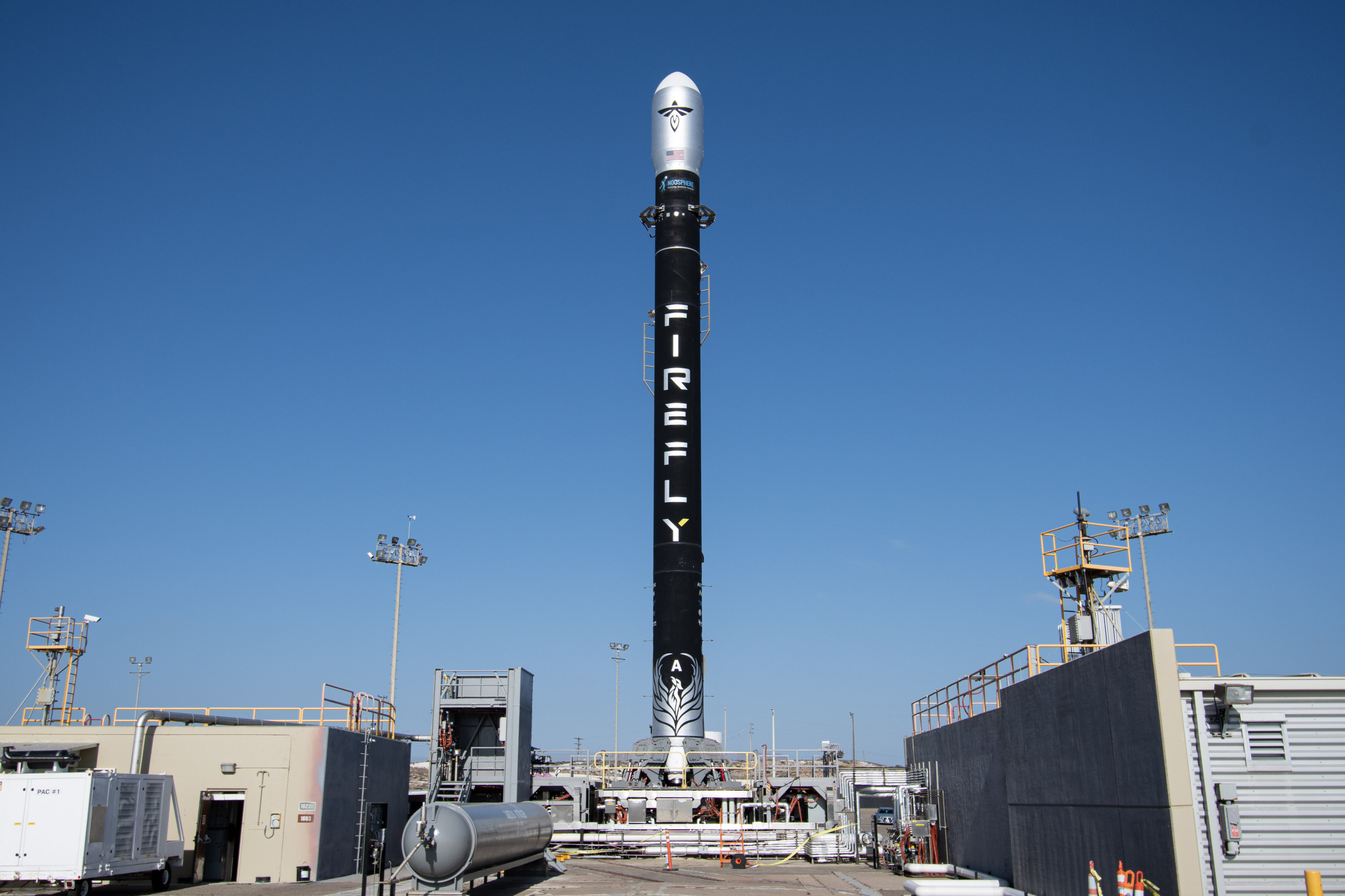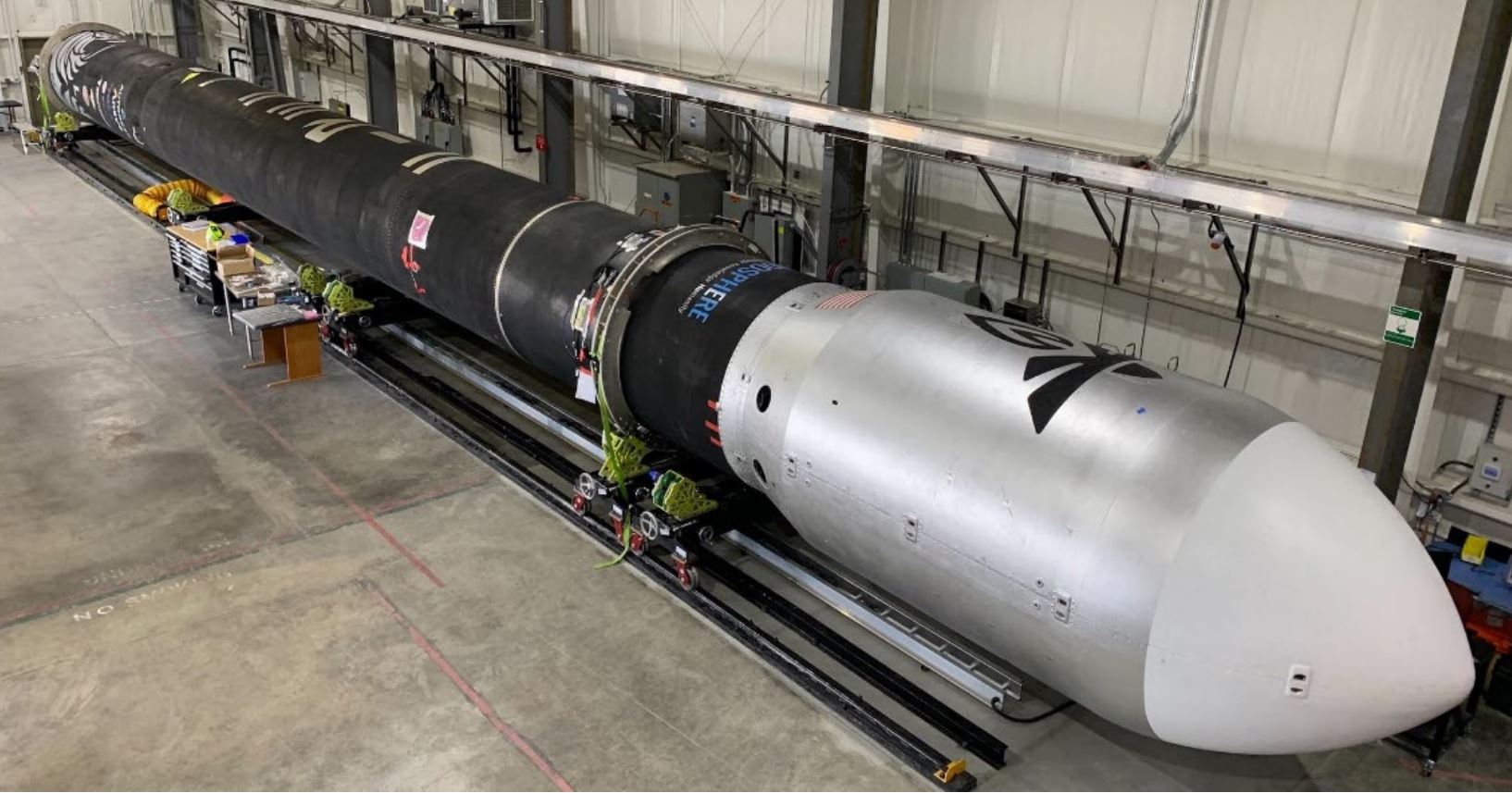
In-Depth View Of Firefly Aerospace’s Alpha Launch Vehicle
Reaching orbit is a feat that few agencies and companies have successfully done around the world. This requires a launch vehicle capable of escaping Earth’s atmosphere and reaching speeds high enough to stay in orbit. Whether you look at a heavy-lift launch vehicle or a small-lift launch vehicle, they are comprised of hundreds of unique and necessary components that work together seamlessly.
Firefly Aerospace is hard at work attempting a second orbital test flight of Alpha. While the first was not fully successful, the company learned a lot and is confident in the upcoming attempt. Alpha is a small-lift launch vehicle trying to offer the highest payload capacity for the lowest cost per kilogram in its vehicle class. It features a very unique design, power, components, and general features.
Over the past few years, Firefly Aerospace has done its best to develop, manufacture, and test the next-generation launch vehicle. Whether you are looking at Alpha’s engines, payload fairings, avionics, or structure, you will find plenty of interesting engineering and design. Here I will go more in-depth into the Alpha launch vehicle and what makes it so special.
Alpha Overview

Firefly Aerospace describes Alpha as the world’s most advanced 1,000 kg small satellite launch vehicle. Using tried and true, flight-proven rocket technologies, Alpha is 100% manufactured in the USA and designed to be the most reliable small satellite launcher available. Alpha’s pump-fed, regeneratively-cooled engines use standard LOx/RP, and our avionics systems, such as the flight computer and communication system, employ COTS components with established flight heritage. Modern advances in carbon composite materials are used to create strong, lightweight primary structures such as propellant tanks. Entirely manufactured and launched in the USA, we’re able to keep costs to a minimum while achieving unprecedented dependability. In addition, Firefly’s dedicated launch facilities on the west and east coast of the US, at Vandenberg Space Force Base Space Launch Complex 2 and Cape Canaveral Space Force Station Space Launch Complex 20, will enable flights as frequent as once per month by late 2022. The company has very ambitious goals for Alpha, which can be a good sign regarding progress and speed. Alpha features a payload capacity to low Earth orbit of 1,170 kilograms and 745 to SSO. The first stage is powered by four Reaver engines and the upper stage uses a single Lightning 1 engine. Standing at just under 30 meters tall and 1.8 meters wide, Alpha is a compact yet powerful rocket.
Looking at propulsion, Alpha works to utilize well established technology. Both stages use common designs: copper regen-cooled LOx/RP-1 thrust chambers, a simple tap-off cycle that drives single shaft turbopumps, nozzle-mounted turbine exhaust manifolds, and hydraulic actuators. Firefly over time has worked to innovate these engines including its simple “Crossfire” injector, tap-off geometry, dual-mounted electrically actuated, trimmable propellant main valves, and ultra-compact horizontal turbopump mounting. The upper stage engine, “Lightning,” includes a turbine-exhaust cooled refractory metal high area ratio nozzle extension. The first stage “Reaver” engines feature simple single axis gimballing. Consistent with the overall Alpha vehicle design, cost and performance are traded and optimized in Lightning and Reaver components to provide the best payload performance value. In addition, the structure of a rocket needs to balance strength and weight to best optimize the capabilities of the launch vehicle. Firefly utilizes advanced carbon-fiber composites for the entire airframe of Alpha, including the state-of-the-art, linerless, cryogenic propellant tanks. Composite materials are ideally suited to launch vehicle structures due to their high strength, low density and tailorable material properties. This allows Firefly Alpha to lift heavier payloads than a similar metal rocket. While the structure and propulsion are crucial for a rocket, so are the avionics. As mentioned prior, Firefly Avionics hardware utilizes a combination of custom designed state-of-the-art and Commercial Off the Shelf, or (COTS) components. They accomplish Data Acquisition using a rugged, modular Data Acquisition Chassis, which provides analog to digital conversion of all sensor data, and further packages the data and transmits it to the Flight Computer via an onboard Ethernet network. The Flight Computer incorporates all vehicle telemetry and transmits data along with video to various Earth ground stations along the flight trajectory, for the duration of the flight.
Closer Look

Now that we have gone over some of the general features of Alpha, we can take a closer look at the launch vehicle. Starting with performance, Firefly provides charts that highlight the exact payload capabilities of Alpha depending on the orbit and the inclination. This includes SSO ranging from 70 to 110 degrees of inclination. And LEO between 29 and 60 degrees. These payload masses to orbit represent the total payload mass including the spacecraft, separation system, and adapter.
An extremely important component of any rocket is the payload fairing. The Alpha payload fairing (PLF) is a carbon composite structure developed, manufactured, and qualified by Firefly. It measures 2.2 m (7.2 ft) in diameter, and 5 m (16.4 ft) in height. The fairing separation system employs a debris free, low-shock pneumatic separation system fully tested prior to each flight. The payload fairing remains latched until launch ascent free molecular heating is below 1,136 W/m2. Immediately thereafter, Alpha initiates a low shock separation event to deploy the two fairing halves from the payload attach fitting (PAF) and LV upper stage. The dynamic payload envelope accounts for dynamic movement of the fairing and payload relative to one another, acoustic isolation panels, thermal expansion, and manufacturing tolerances. To avoid coupling with low frequency LV modes and violating this envelope, the SC should be designed to fundamental frequencies of greater than 8 Hz lateral and 25 Hz axial. Within the fairings of Alpha, there is a long list of possible payload configurations depending on the mission and customer. Specifically, Firefly offers several standardized payload configurations. Each configuration is compatible with industry-standard separation systems. Firefly also has the ability to design customized adapters. These configurations include a Dedicated Mission, Triple ESPA, Single Rideshare, Multiple Rideshare, and Dual PAF.
Rocket launches are not only complicated but also a very violent process. This is why launch vehicles such as Alpha have very thought-out flight environments to ensure the rocket safely reaches its destination with the payload fully intact. Alpha loads and environments are less than those historically produced by small to medium class launch vehicles, limiting the need for payloads to expend resources for additional isolation systems or other mitigation techniques. Key design elements to reduce environmental levels include eliminating the use of pyrotechnic devices near the payload, near full coverage (5 cm, 2” thick) acoustic panels in the fairing, pad-based water suppression, and advanced composite structures that mitigate transmission of LV produced loads and environments. Coupled Loads Analysis (CLA) and integrated thermal analysis models are used to ensure full compatibility with each SC design. Firefly provides a figure that illustrates the maximum predicted axial and lateral quasi-static loads induced to the payload during launch. Payloads desiring launch on Alpha should account for these worst-case loads. These loads originate from a complex mix of vehicle accelerations, pitch maneuvers, aerodynamic buffeting, and coupling of loads. The completion of the mission specific CLA analyses will confirm if potential loads can be reduced for a specific mission. In terms of sound, Alpha acoustic protection is intended to provide an Overall Sound Pressure Level (OASPL) below 139 dB.
Currently predicted sound pressure levels within the PLF are well below this value due to the use of water deluge. The fairing will be equipped with acoustic foam to further reduce predicted values. In addition, the maximum shock environment at the payload interface occurs during payload deployment. Shock levels at the payload separation interface due to hold-down release, stage separation, engine ignition and cutoff, and payload fairing separation are all maintained below a maximum acceleration of 750 g’s at 1400 Hz. Shock environments heavily depend on the mission-specific payload separation system. The shock environment is for the usual shock at the payload separation plane. Lastly, payloads are subjected to a combination of engine vibrations, vehicle structural modes, acoustics, and aerodynamic forces. The intensity of these vibrations is highly dependent on the payload mass, stiffness, and the interface between the payload and the launch vehicle. The predicted maximum random vibration Power Spectral Density (PSD) is for a payload mass of 90 kg or greater. All of which work together to ensure Alpha can consistently and effectively deliver payloads to orbit and beyond.
Conclusion
Developing, manufacturing, testing, and finally launching a rocket is a very hard thing to do. Not long ago Firefly had the first attempt with Alpha. While it was not 100% successful, it provided a lot of valuable information. Now in early April, the company is getting very close to the second launch attempt. This will showcase what Firefly Aerospace is capable of and what we should expect in the future from the company. We will have to wait and see how it progresses and the impact it has on the space industry.
